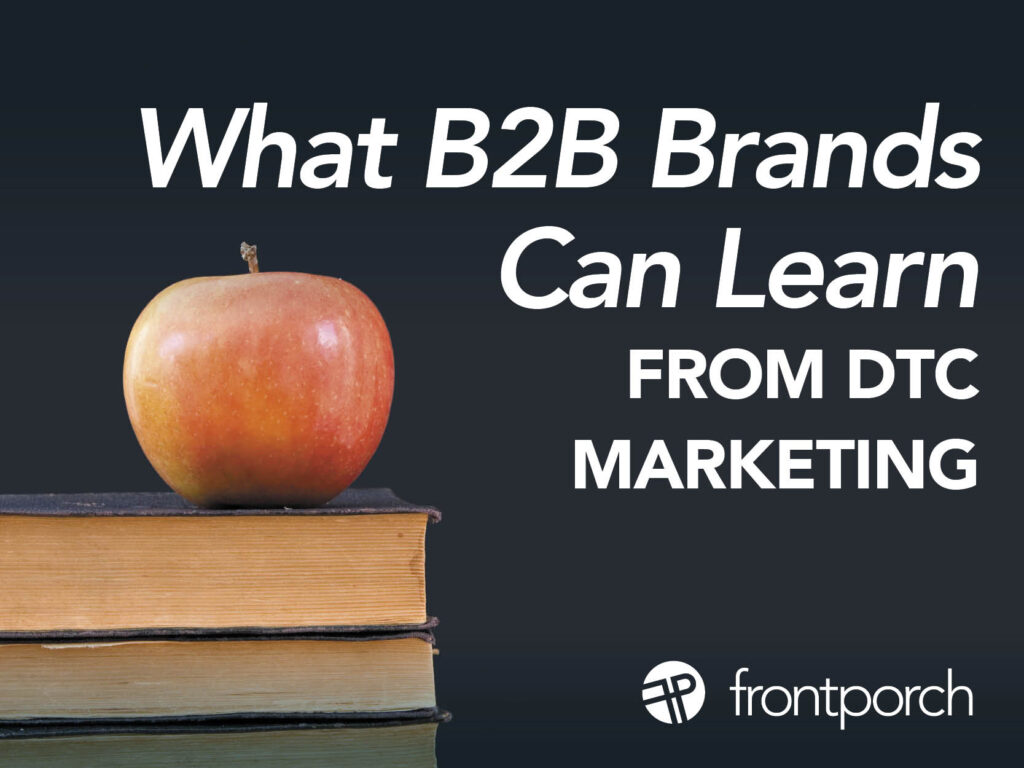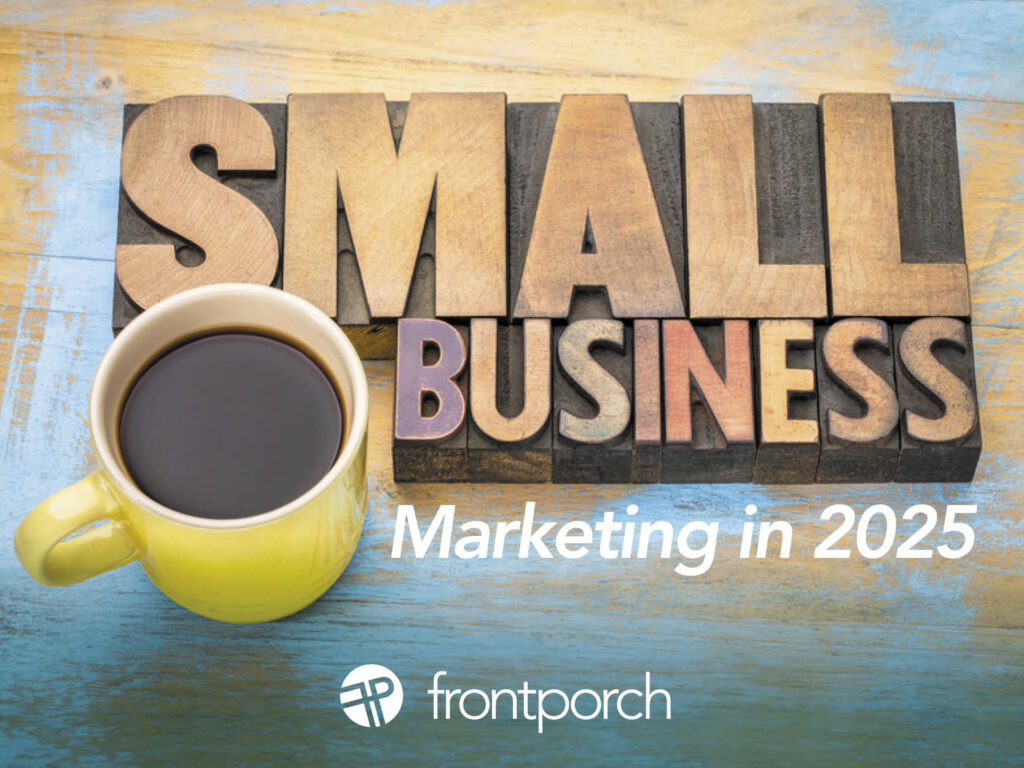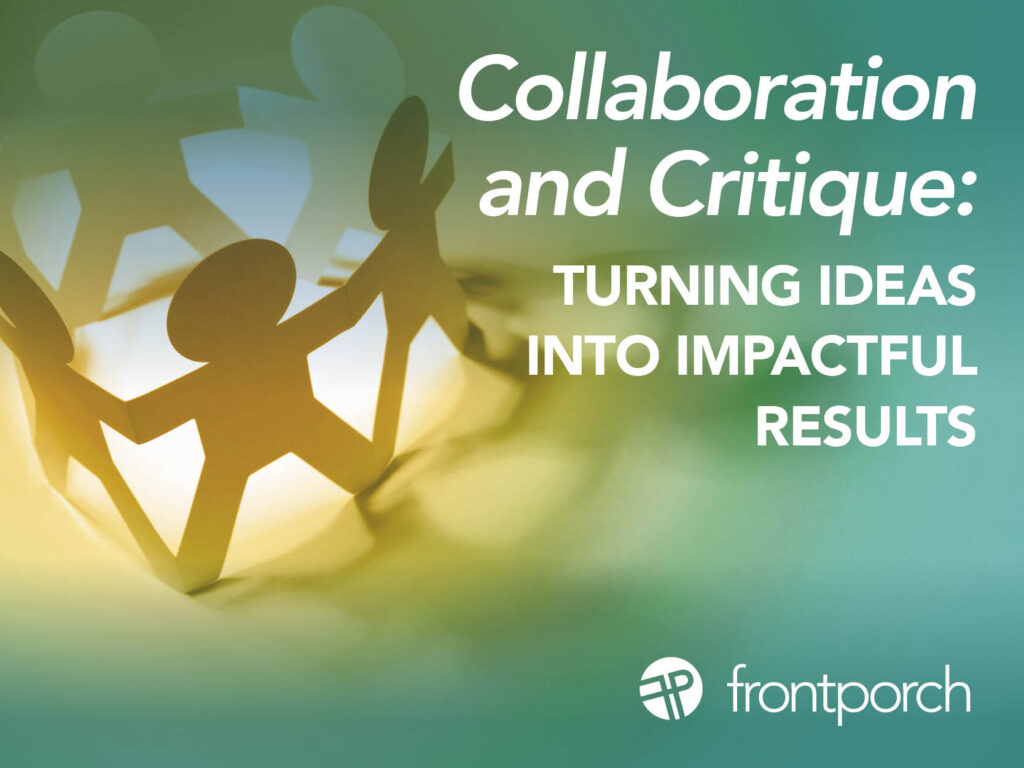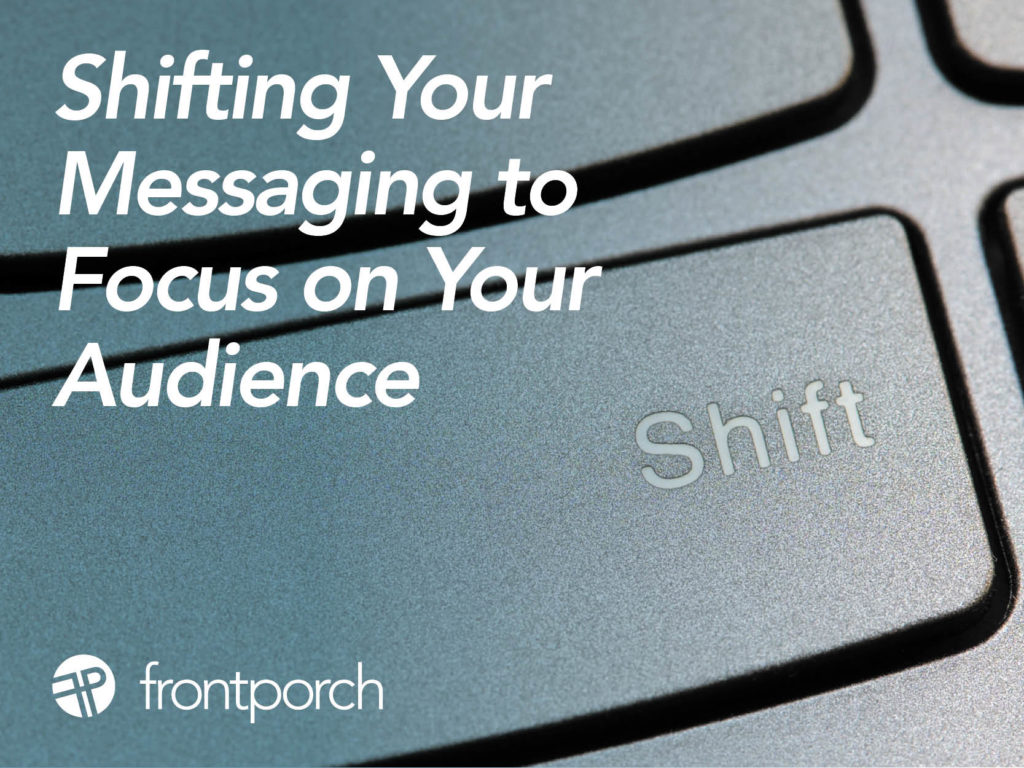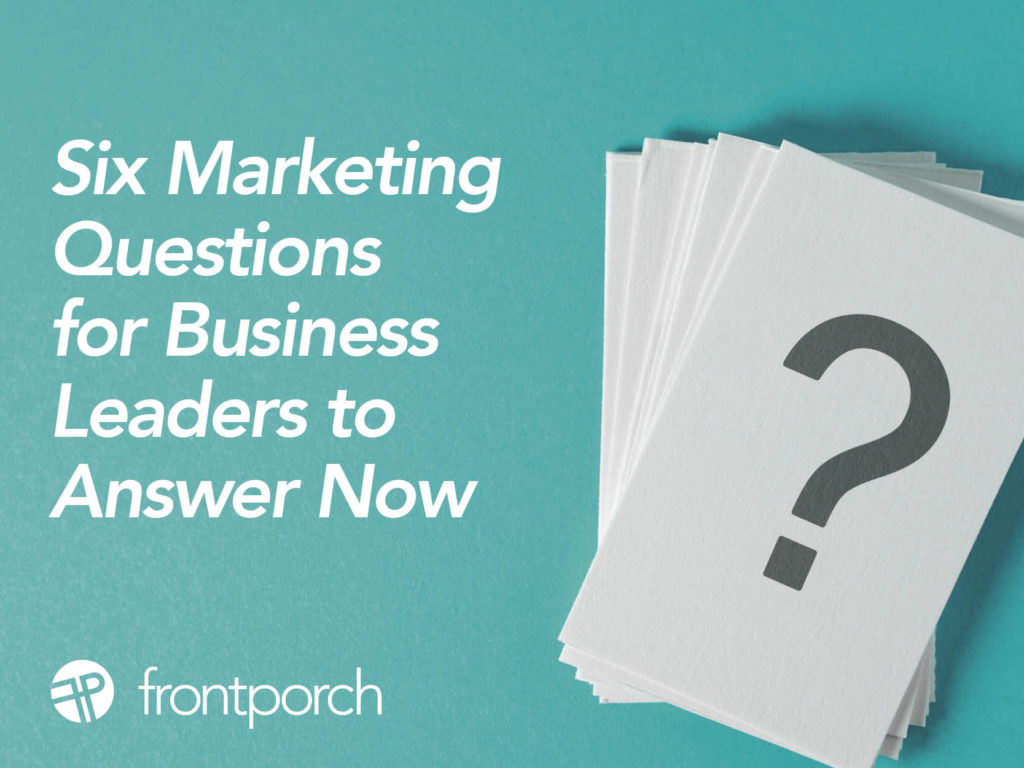
Working parents are both rejoicing and feeling dread right now. Spring officially sprung on Thursday, March 20, bringing longer days, warmer nights and blooming flowers. Sure, we’re ushering in more time outside to enjoy nature, but for working parents, it also signals the end of the school year is near. Cue the panic as your thoughts turn to keeping school-aged kids entertained all summer — and figuring out how to pay for it.
Flexible Schedules Help Working Parents
One silver lining of COVID was the increase of flexible work schedules. For some, that means a fully remote environment, while others enjoy a hybrid model, splitting time between the office and home. Some workplaces even allow flexible hours, helping parents coordinate summer schedules and sharing childcare responsibilities more effectively.
Even with the most flexible work setups, the challenge remains — kids at home needing entertainment and work that still needs to be done. So, how do working parents navigate summer?
Set Yourself Up for Success, Working Parents
Start by getting organized. Create a summer activity spreadsheet, structuring it by week, and begin filling it with any pre-planned events. Maybe you’ve already blocked time off for a family vacation or a week at the grandparents’ house. Whatever the case, start with a realistic overview of the dates and gaps you need to fill.
Next, establish a budget. Some camps, especially full-day and overnight options, can be costly, even if you have two working parents in the family. Determine what works for your finances and commit to staying within it.
Now it’s time to explore your local camp options. Chat with your kids about their interests, connect with other parents for recommendations and start your online research. From recreational sports leagues to summer art programs, day camps and overnight camps there most likely isn’t a shortage of options. You might also consider hiring a summer nanny or a high schooler in your neighborhood who is great with kids and looking to make some extra money.
At this stage, start building your list. Make sure to include dates, costs and priorities. Determine what fits within the weeks you need coverage, and your budget.
Other Considerations When Planning Your Kid’s Summer
Alternate weeks of coverage. To cut costs or allow for unstructured downtime, some families with a work-from-home parent opt for weeks with no scheduled activities, giving kids the freedom to play at home.
Opt for half-day activities. Another great way to save money while giving your kids the best of both worlds. An opportunity for structured play with peers for part of the day, followed by enjoying the comforts of home for the rest of the day.
Book early. Many camps offer early bird discounts so the sooner you start researching and securing spots, the more budget-friendly your options will be.
Drop-in activities. Nomatter how well you plan, unexpected work meetings or obligations can arise. Consider camps that offer flexible, last-minute enrollment. They may cost more, but they’re a valuable option to have in your back pocket.
Be Ready to Pivot or Reschedule Plans
No matter how much planning you do as a working parent, unexpected changes are bound to pop up in your kids’ summer activities. Keep in mind that summer is meant to be slower paced, a time for relaxation and making memories with family and friends. It’s okay if every moment isn’t scheduled, and hearing “I’m bored” now and then is inevitable. But by following a few of these tips, you can minimize stress, embrace the unpredictable and make this summer one to remember.


